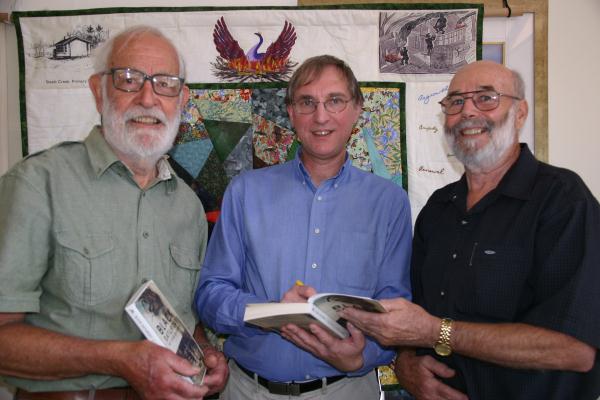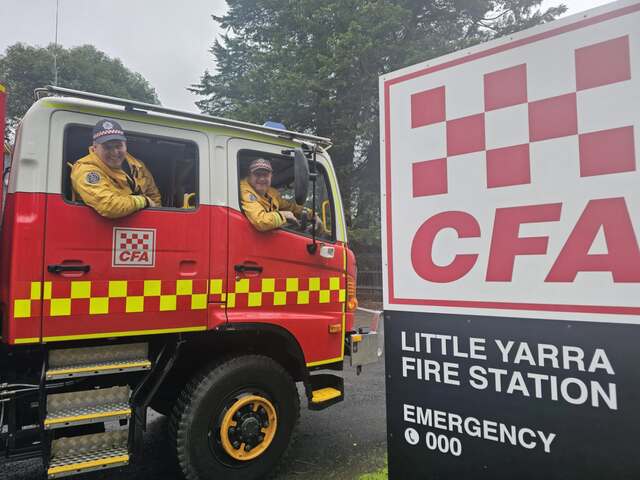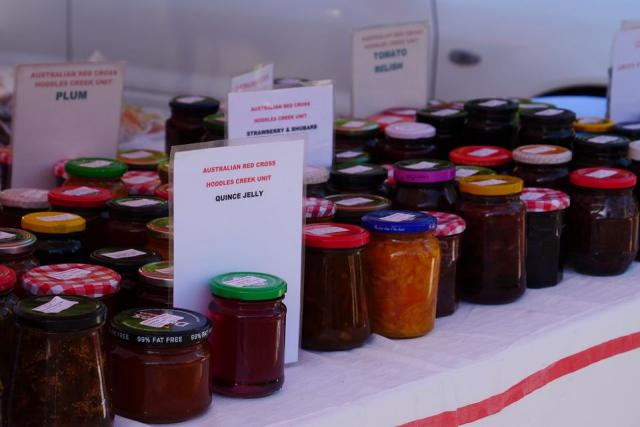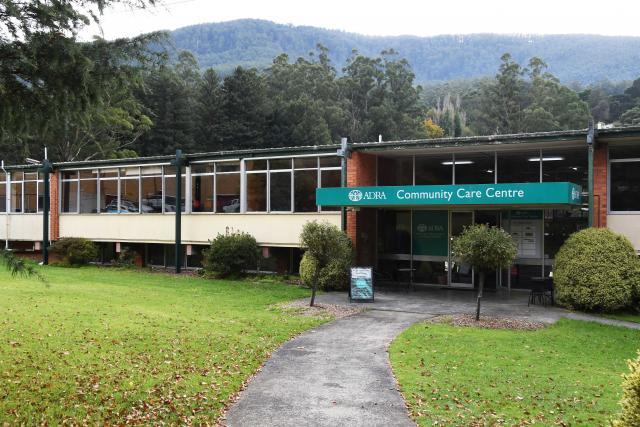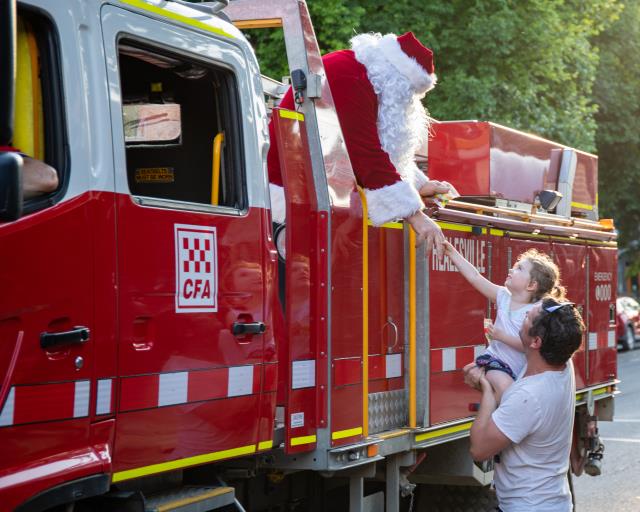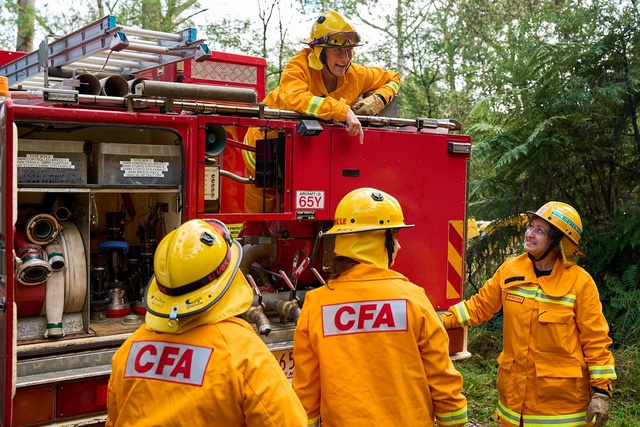By KATH GANNAWAY
Black Saturday book captures essence of community
STEELS Creek Community Centre was packed on Saturday 11 May for the launch of a book that is very much at the heart and soul of the community – Dr Peter Stanley’s ‘Black Saturday at Steels Creek’.
Dr Stanley said it was important that the stories Black Saturday in Steels Creek tells should be recorded, saying it was easy for memories to be lost.
“Steels Creek has done something that no other community in Australia has done – you’ve told your story, and I’m very proud to have helped you do it,” he said addressing many of the people he had met with and interviewed over the past two years and whose stories he has told.
The book is part of the Victorian Bushfire Project (VBP) which came from a seed planted not long after the devastation of 7 February, 2009, and a desire to extract some benefit from the horror of that day.
On 6 March 2009 Steels Creek community leader Malcolm Calder emailed history Professor Tom Griffiths at the Australian National University seeking his thoughts on how some worthwhile community benefit might be achieved out of the disaster.
“We have lost friends, friends have lost homes, and the community is still in shock,” he wrote.
He envisaged a response that would provide an understanding of the community experience, the community response and the way forward to the future.
That became the VBP which has seen the release of Prof Griffiths and Christine Hansen’s book Living With Fire, Black Saturday at Steels Creek and a film under production by film-maker Moira Fahy.
Steels Creek Community Centre president Andrew Chapman, who wrote the foreword to the book, spoke by video from hospital to thank Dr Stanley on behalf of the community.
“It is a fine book that captures the defining moments in our strong and vibrant community,” he said.
Mr Calder said the book paid tribute to the community and honoured the 10 friends who died on Black Saturday.
Dr Stanley thanked the people of Steels Creek who welcomed him and other members of the VBP into their homes and lives, who agreed to be interviews and who shared documents, photographs and film.
“You gave generously, even though you really didn’t know what I was going to do with it … and neither did I,” he said.
“It was a profound act of trust to let us in on the experiences, emotions and effects of that traumatic day, and all that followed,” he said adding he hoped the book had justified that confidence.
Talking of the story the book tells, Dr Stanley said he realised soon after first visiting Steels Creek that it needed to address two related questions – how can we live together as Australians, and how can we live with fire.
“The example of Steels Creek gives answers to both of those questions,” he said quoting Mr Chapman, who in his foreword said that while Black Saturday at Steels Creek was Steels Creek’s story, it could be another’s in the future.
“Wisely, realistically, he knows that fire will return to Steels Creek and to other communities.
“When it does, your experiences will help them to prepare for it and to face it,” he said.

